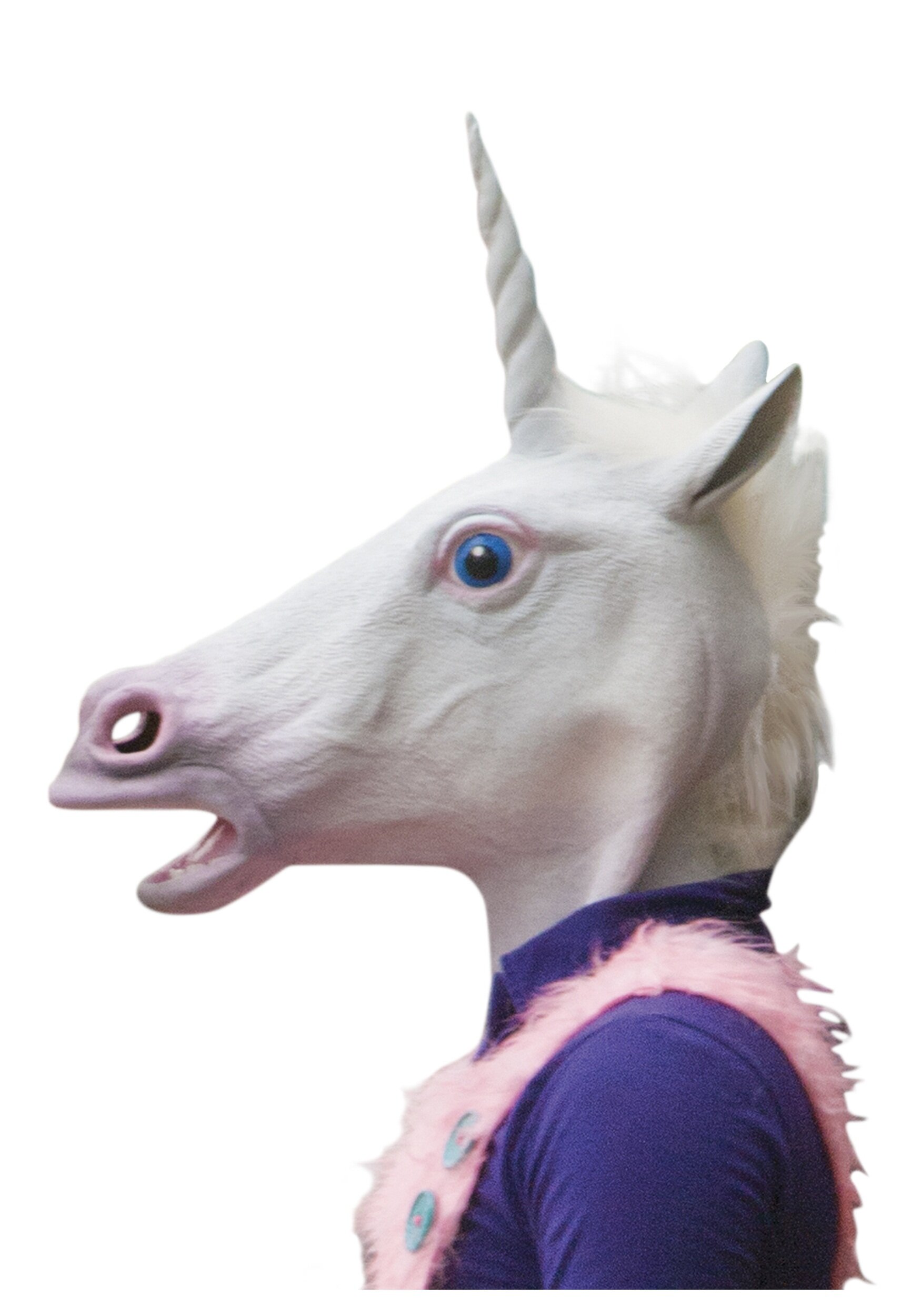Alcohol, The “Elephant In The Room” | Addiction Unscripted
Alcohol is a formidable challenge, a scientific riddle wrapped in a social enigma. But making an attempt to understand it, as I do in my new book “Alcohol Companion“, also proved deeply rewarding.
The topic is often the proverbial “elephant in the room” when we discuss what seem like relatively small threats to our well-being with this larger one (often literally) right under our noses. It seems an obvious subject for a journalist to write about, but it also seems far too large and perilous to navigate.
There is great potential for being misunderstood, for asking too many dreary questions about a treasured recreation, or for being too light-hearted and asking too few. Every sentence can seem like a new opportunity to veer off course or run aground, making the balanced view I aimed to discover an unlikely landfall.
 Link: http://www.philcain.com/alcohol-companion/
Link: http://www.philcain.com/alcohol-companion/
This daunting voyage was broken into stages, from our first alcohol exposure to dependence and recovery. The book tries to outline what is known about each, providing the background understanding needed to make sense of research findings. Watching the scenery provides a fascinating challenge to our beliefs, goals and intuitions.
The result is not a monolithic solution, but a series of clues and tentative interlocking answers, like a half-completed crossword puzzle. Typically answers only apply within their immediate context, but they can sometimes help find others. Together they give us far more than the empty boxes we begin with and offer a character sketch of alcohol.
The book, then, hopefully provides a framework for understanding alcohol in a broader context and on a firmer foundation than hearsay. Hopefully it forms the basis for better decisions, which is why it is called a “companion”. Like a companion it tries to recognise the uniqueness of our physical make-up, needs, goals and experiences.
In an effort to bring research findings together, the book occasionally introduced some analogies as an aid to intuition. For instance it likens some of alcohol’s compelling qualities to those of social media. Like Facebook, alcohol provides a simplified platform for us to foster feelings of social connection, feelings shown to help make us happy.
Both alcohol and social media show how shifts in social rules can create happier environments. But alcohol, unfortunately, does so based on a legacy system with bugs. While we are told we should rely on our “common sense” to work around them, alcohol does not often work the way our intuition tells us it should.
Hopefully turning quantifiable research into such metaphors can help inject some science into our everyday notions of alcohol, to supplement the ones we inherit. Our experiences with technology could provide a fresh source of ideas and new ways to deliver them, perhaps using videos and games where words fall short.
Alcohol is the book’s subject, but the human brain turned out to be main protagonist, as it so often does. Nothing happens without it: the bottle stays in the shop, the cork stays in the bottle, the glass remains empty, nothing is drunk, no-one gets inebriated and the book is over before the title page.
This is perhaps why writing it proved so unexpectedly rewarding. It was a new way to explore the subject of being human, rather than a discussion of a lifeless organic molecule, or a bundle of neurons and synapses. I hope it proves as rewarding for its readers. ■
Alcohol Companion came out on 4 July. Phil Cain is a journalist whose work has been featured by The Economist, Telegraph, Financial Times, Wall Street Journal, Observer, Al Jazeera, CBS and BBC. He also publishes a blog at philcain.com.

